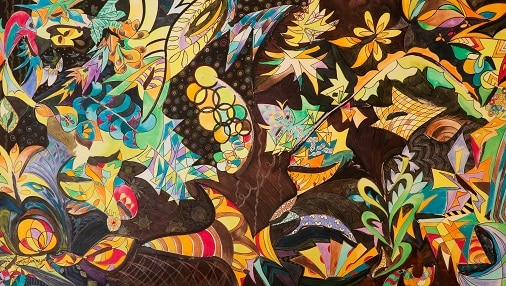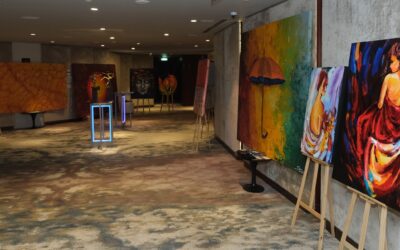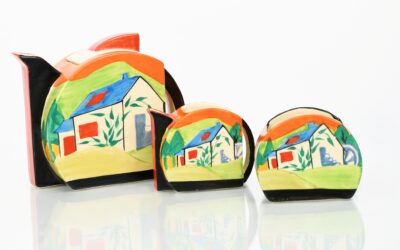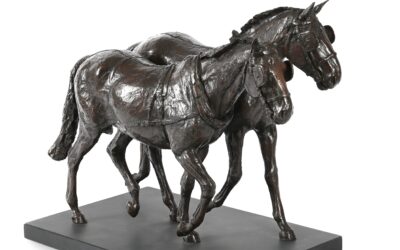Rubia Viegas was born in Santos (Brazil) and has lived in Presidente Prudente (Brazil) for over 40 years. Her artistic development happened naturally. Considered self-taught, she took only a short course in watercolor and studied the life and works of several artists on her own initiative. Most of her work is done with watercolor and nankin on canvas. According to the artist, ‘doodling’ has always been in her life. Rubia started creating on paper, with crayons, pastel chalk, and charcoal. Later, she moved on to acrylic paint and oil. “I decided to broaden my horizons. I took on the canvas in search of satisfying my needs for expression. Then I mixed the techniques: I arrived at watercolor and nankin on canvas”, explains the artist. Rubia’s inspirations are nature especially the element that most moves her, the sea and children’s imagination. “These canvases watercolor my heart, entertain my mind. Images that represent the little playful one inside me”, Rubia concludes.

Rubia Viegas
What’s your artistic background?
My artistic experience was essentially private until 2018, when I had my first vernissage/exhibition. However, my interest in art in general is long-standing and since 1990 I have been developing this work systematically. I have no academic training; the learning is continuous, through what I intuitively produce. Since the first exhibition in 2018, I have participated in several events, individual and collective, currently in a virtual way.
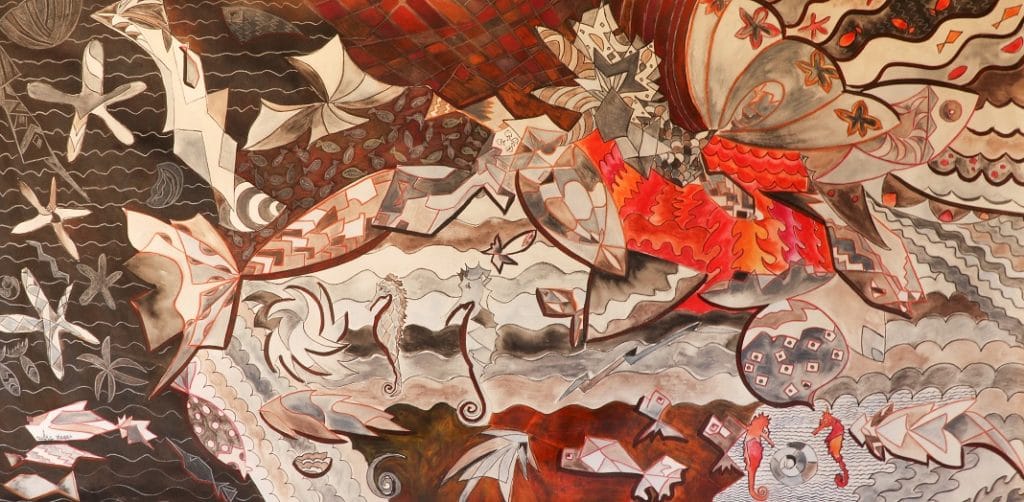
HIPOCAMPO
What’s integral to the work of an artist?
I think that loyalty to one’s own sensibility is fundamental to the artist’s work. Exempting oneself from fads, from the unmeasured commercial appeal and never going against one’s artistic feeling.
What role does the artist have in society?
The artist, in my view, is a powerful socio-cultural agent. His/her work is absorbed by thinking minds, or minds that are asleep and can wake up. Picasso’s Guernica impacted a suffering generation whether through musical art, scenic art, the translator of the emotional experience of his people. All kinds of art can show us what we have not yet seen or felt, hence it’s social importance.
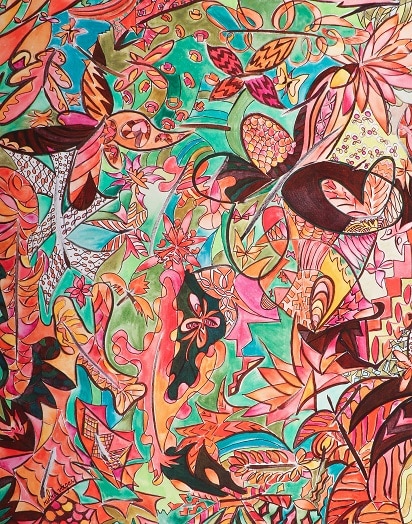
EXOTICA
What art do you most identify with?
I identify with art that makes me go beyond it. I try to identify a latent movement that stimulates my imagination.
What themes do you pursue?
In general, my work starts with random designs constituting a print. I prioritize the exuberant Brazilian vegetation, the submerged corners of the ocean, as well as marine fauna and dreamlike images.
What’s your favourite art work?
I don’t have a favorite, but the works that speak of the sea touch me. However, the canvases with overlapping and diversified images surprise me. I don’t recognize myself in them.
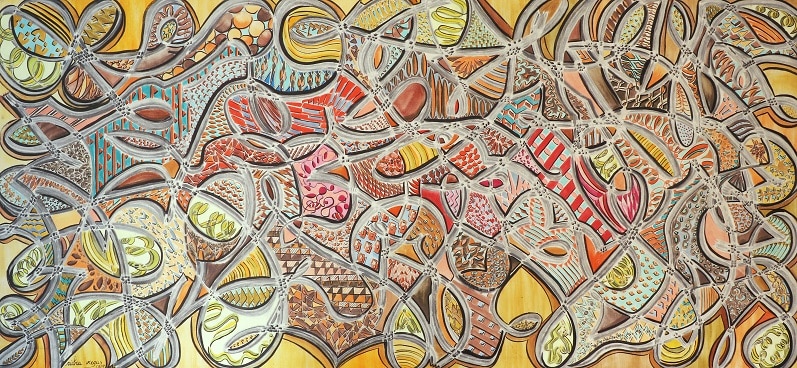
CAMINHANDO-OK
Describe a real-life situation that inspired you?
The work Habitat was developed from a real situation: the threat of extinction of the onça-pintada (a large feline), which inhabits our Brazilian forests. It is unbelievable that this happens to any animal on the planet. In this sense, man is absurdly corrupted by ignorance.
What jobs have you done other than being an artist?
I am active, professionally, as a psychologist, psychoanalytic psychotherapist and group therapist for children and adolescents.
Why art?
I need to be in close contact with artistic expressions. I need to transport to canvas the images that come to me, it is not enough to imagine. I want to reinterpret what I see, to compose, to color, to transform. I am fond of colors, shapes, and movements. My paintings organize and interpret this content of my internal world.
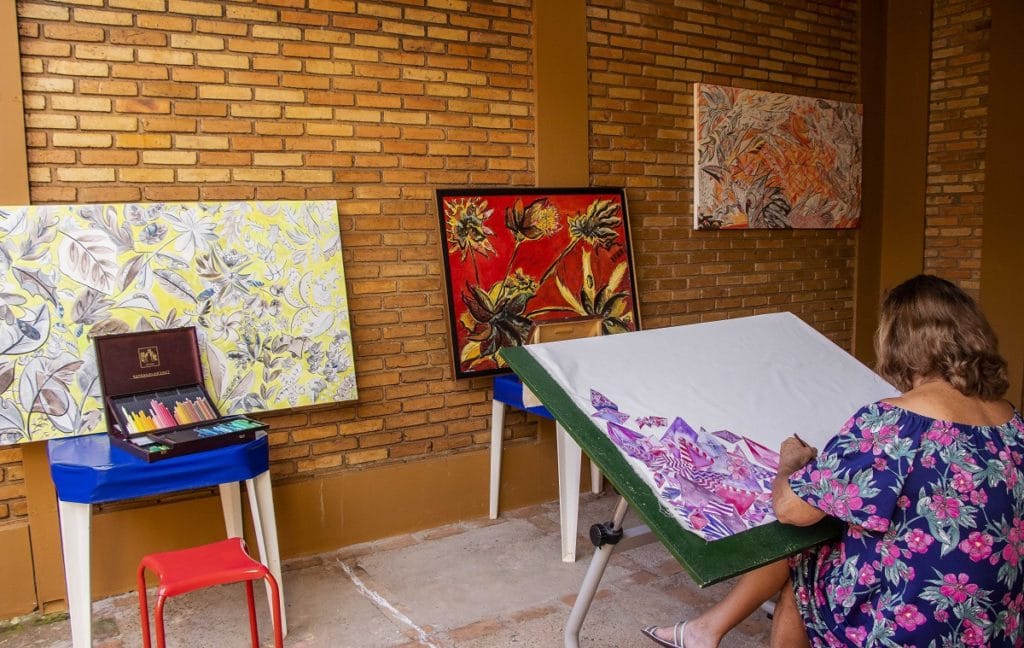
What is an artistic outlook on life?
I think it would be an interpretative view, from an emotional point of view. It would have an analysis advocated by the limbic system of our brain and not just a cognitive reading. The artistic view of life expands possibilities, paths not yet traveled.
What memorable responses have you had to your work?
I feel very happy when people tell me that my art is effective and pleasurable.
What food, drink, song inspires you?
Music is an indispensable partner for the execution of each canvas. The drawings slide to the sound of the intense rhythm of Brazilian music by Lenine, Marisa Monte, and Cazuza. With the musical company of Michael Jackson, I made several large canvases, 150 centimeters long.

Is the artistic life lonely? What do you do to counteract it?
The moment of execution of the work is solitary. I need to be with myself to apprehend the internal stimuli. Apart from that, I am connected with my affections, family, friends, animals because this broad conviviality only enriches my creativity.
What do you dislike about the art world?
I don’t like the bureaucracy imposed on the artist who seeks participation in events organized by the public administration. Regarding the artist himself/herself, I don’t value malicious or bizarre art. Visual artistic compositions that are too explicit drive away my interest.
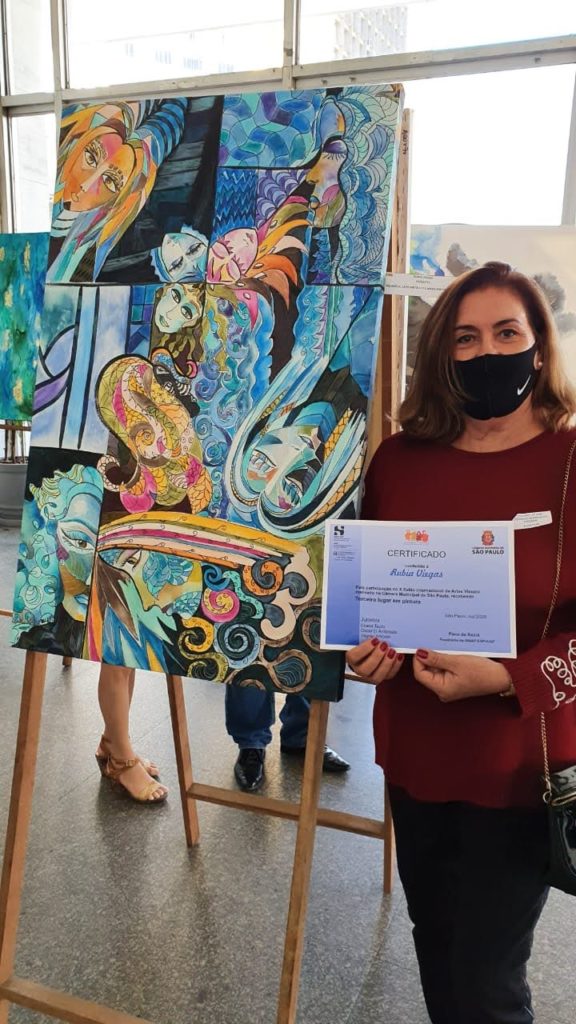
What do you dislike about your work?
My attempts at academic execution are frustrating. My art is restless, unpredictable, not adaptable to normative rules. If I insist on the refinement of technique, imagination is impoverished.
What do you like about your work?
I like the random coloration, the apparent graphic improvisation, and the reflective optimism in each canvas.
Should art be funded?
Yes, always. Unfortunately, we are far from adequately supporting artistic development. Essential projects are often deactivated or deviated from their goals, due to misguided public administrations.

What role does arts funding have?
The goal, in my opinion, would be to socialize art by giving artists opportunities to showcase their artistic talent. Making art and divulging it is expensive. The artist, being subsidized, can show his/her work to various social segments. Art should not be selective.
What is your dream project?
To continue helping the community with the income I get from my artwork.

Name three artists you’d like to be compared to.
- August Macke, for his colorful expressionism.
- Di Cavalcanti, for the luminous simplicity of his characters.
- Van Gogh, for his unequaled artistic intensity.
Favourite or most inspirational place ?
Any space in nature, especially the sea.
What’s the best piece of advice you’ve been given?
That I don’t lose the playful sense of my artistic creations.
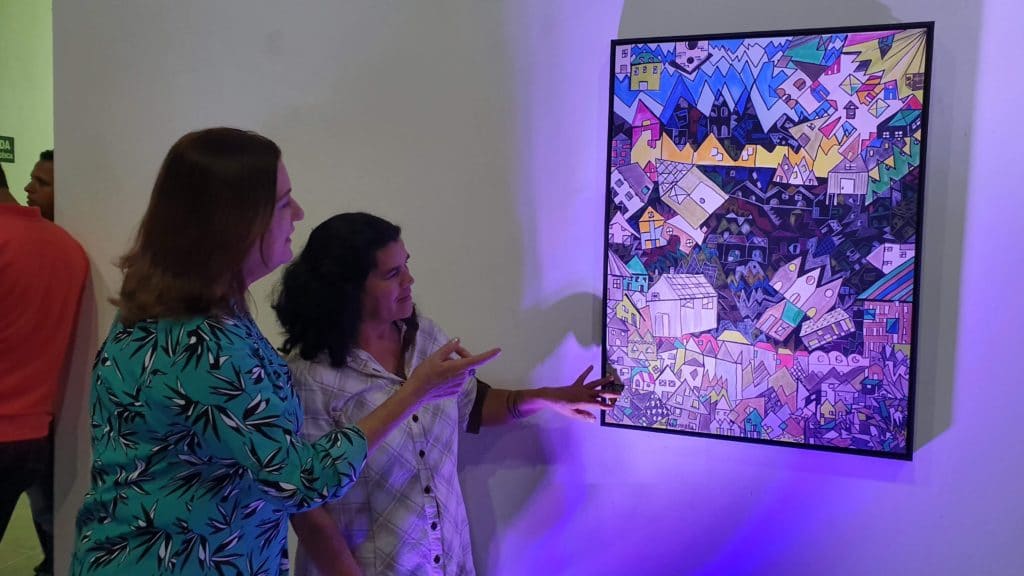
Professionally, what’s your goal?
To invest in the coherence of producing only what captivates me, something that has some intuitive and affective meaning for me. Not to delude myself with artistic superficiality.
Future plans?
Fully enjoy the experience. The learning is continuously invigorating. I am extremely grateful to everyone who encouraged me and helped me face challenges.


